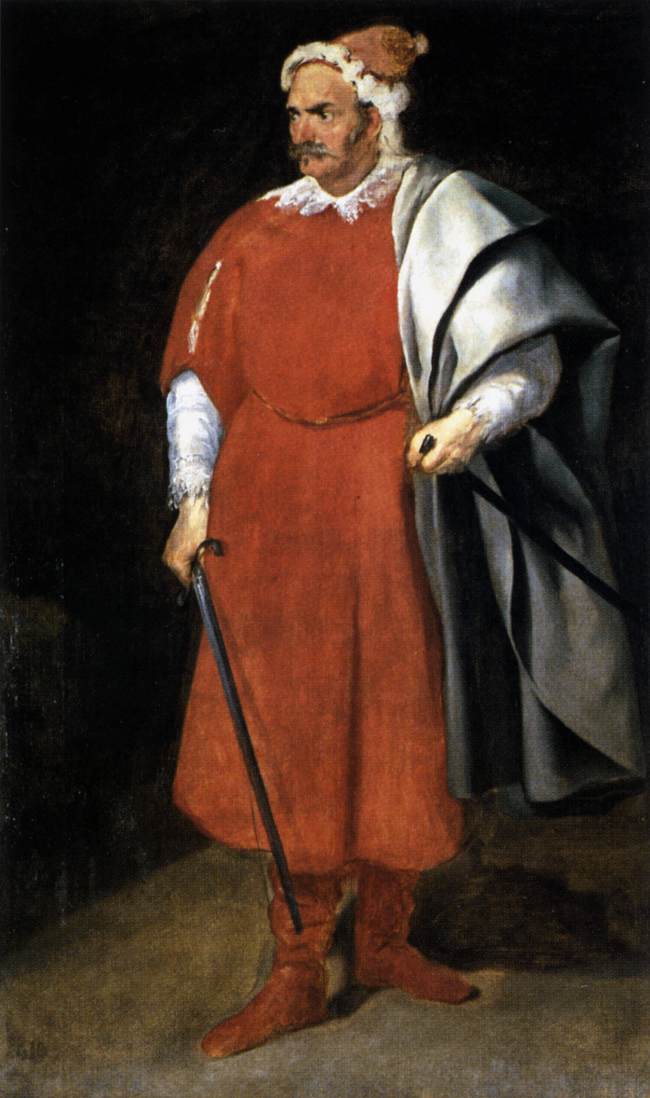Description
The painting "The Buffoon Don Cristóbal de Castañeda y Pernia (Barbarroja)" by Diego Rodríguez De Silva Y Velázquez is a masterpiece that stands out for its unique artistic style and masterful composition. With an original size of 200 x 121 cm, this painting is one of the most emblematic of the Spanish artist.
In terms of artistic style, Velázquez employs his characteristic realism and attention to detail to portray Don Cristóbal de Castañeda y Pernia, a jester in the court of King Philip IV. The artist manages to capture the essence of the character, highlighting his peculiar facial features and his extravagant clothing. Velázquez demonstrates his ability to accurately and realistically depict human anatomy, adding a level of depth and authenticity to the work.
The composition of the painting is equally impressive. Velázquez uses a diagonal arrangement to create a sense of movement in the work. Don Cristóbal de Castañeda y Pernia is in the center of the composition, with his direct gaze towards the viewer, which generates an immediate connection. The artist skillfully uses light and shadow to highlight the character's facial features, as well as to create a sense of depth and volume in the painting.
Regarding color, Velázquez uses a palette of dark and earthy tones, which adds an air of mystery and solemnity to the work. Warm colors, such as reds and golds, are used to highlight the details and accentuate the clothing of Don Cristóbal de Castañeda y Pernia. This choice of colors contributes to creating a unique and evocative atmosphere in the painting.
The history of the painting is equally fascinating. Velázquez is believed to have painted this work around 1639, during his second trip to Italy. Don Cristóbal de Castañeda y Pernia was a well-known character in the Spanish court and became one of the most famous buffoons of his time. Velázquez's portrait captures the essence of this picturesque character and allows us to delve into the life of the Spanish court of the 17th century.
Although this painting is widely recognized and appreciated, there are little-known aspects of it. For example, it is believed that Velázquez may have used a mirror to reflect the face of Don Cristóbal de Castañeda y Pernia, allowing him to capture even more detail and nuance in his facial expression. Furthermore, it has been speculated that this painting may have been commissioned by King Philip IV as a humorous portrait of his favorite jester.
In short, "The Buffoon Don Cristóbal de Castañeda y Pernia (Barbarroja)" by Diego Rodríguez De Silva Y Velázquez is a fascinating painting that stands out for its artistic style, masterful composition, and use of color. This masterpiece transports us to the Spanish court of the 17th century and allows us to delve into the life of a peculiar character. Although widely admired, this painting still holds little-known secrets and details that make it even more intriguing.

